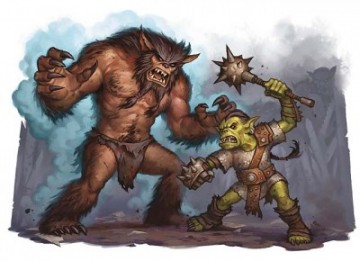
![]() What makes the tiny encounter unique? It’s not about the numbers or even tactics, so much as the strategy or potential outcomes.
What makes the tiny encounter unique? It’s not about the numbers or even tactics, so much as the strategy or potential outcomes.
The tiny encounter is a rarity in 4e. With this edition of D&D designed with large set piece combat encounters in mind, the very small but outcome-rich encounters usually go by the wayside.
It doesn’t have to be that way in your 4e game. Here are some things to look for, whether as a player or DM, when interacting with tiny encounters, including a gong and a certain tower the party is trying to break into to help illustrate the concepts.
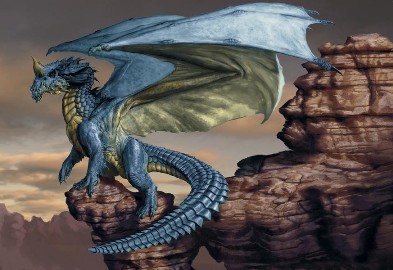
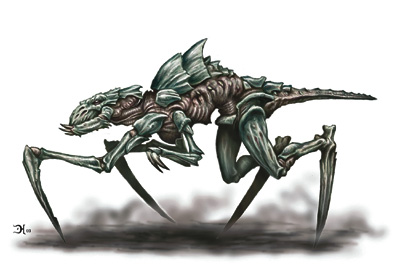 Countless first adventures of D&D over the years and throughout the editions have shared the common trait of fighting the same sorts of savage humanoid monsters: typically kobolds, goblins, or orcs.
Countless first adventures of D&D over the years and throughout the editions have shared the common trait of fighting the same sorts of savage humanoid monsters: typically kobolds, goblins, or orcs. 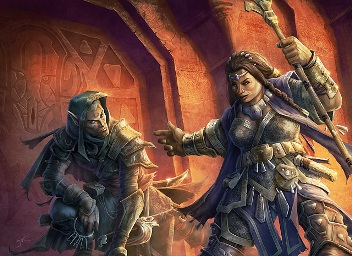
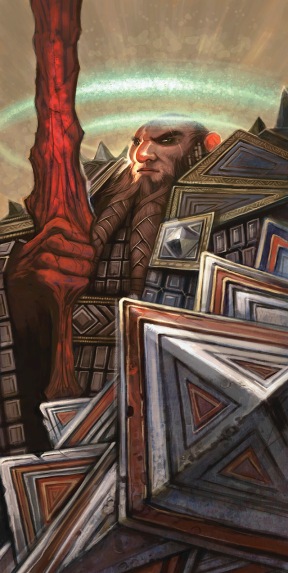
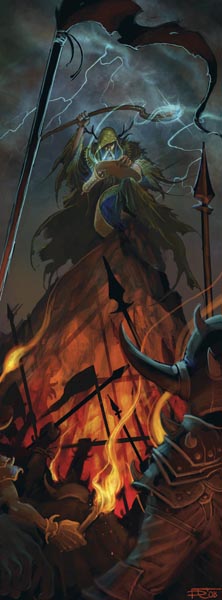
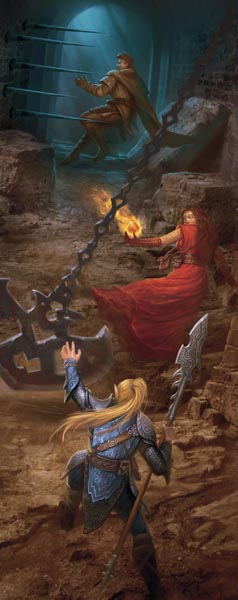
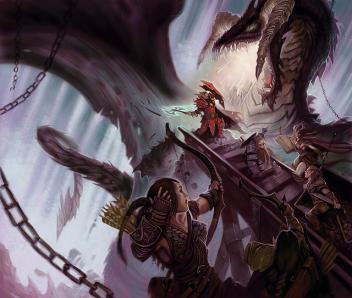
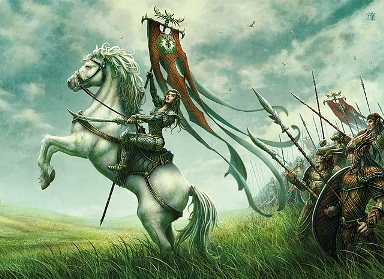
 You regain hit points as if you had spent a healing surge.
You regain hit points as if you had spent a healing surge.